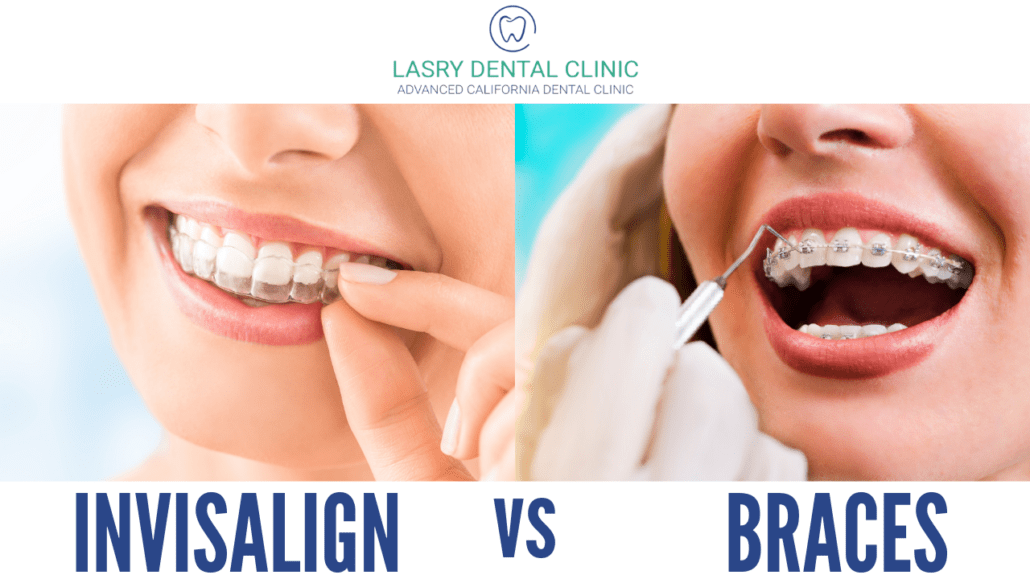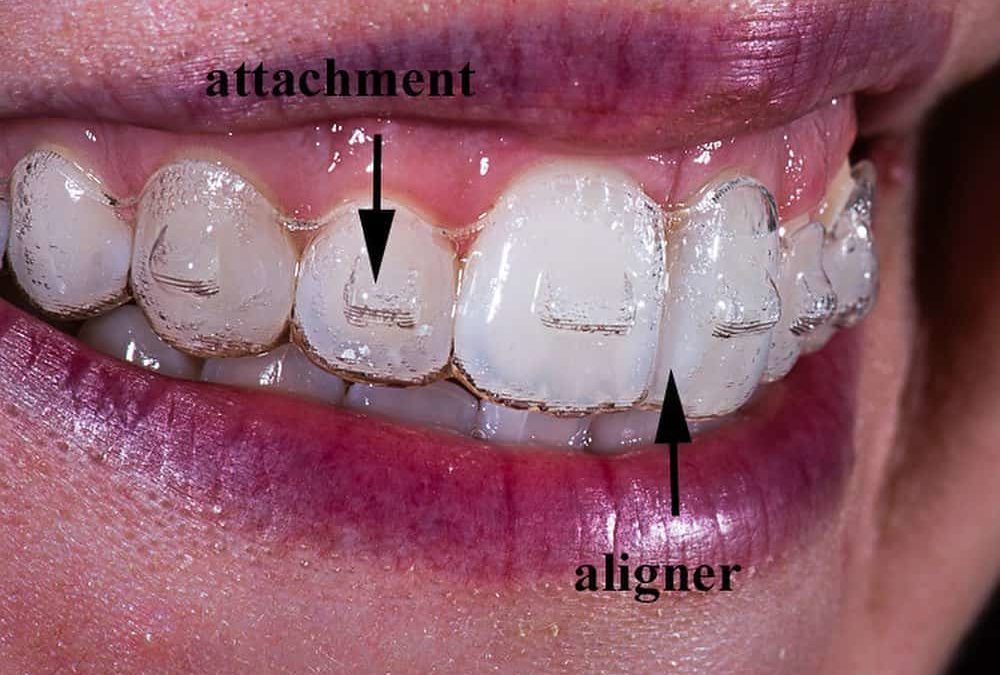Frequently Asked Questions Concerning Invisalign: Everything You Required to Know
Frequently Asked Questions Concerning Invisalign: Everything You Required to Know
Blog Article
Invisalign vs. Typical Braces: Which Alternative Is Right for You?
When considering orthodontic therapy, the selection in between Invisalign and traditional dental braces provides a number of vital elements that warrant careful evaluation. Invisalign supplies a discreet alternative with detachable aligners, while typical braces give a more noticeable yet effective option for severe imbalance.
Summary of Treatment Options

In contrast, standard braces contain metal braces and wires that are bonded to the teeth. This approach uses continual stress gradually to achieve positioning. While effective for complex orthodontic problems, typical braces require regular sees for modifications and can position difficulties in keeping dental hygiene as a result of the problem of cleaning up about cords and braces.
Both options have their benefits, and the choice commonly depends upon specific oral conditions, way of life choices, and person compliance. Eventually, speaking with an orthodontic professional is critical for establishing one of the most appropriate therapy strategy customized to private needs. Comprehending the subtleties of each option can substantially influence the total success of orthodontic therapy.
Visual Considerations
A significant variable influencing the selection between Invisalign and conventional dental braces is the aesthetic allure each treatment supplies. Invisalign aligners are crafted from clear plastic, making them virtually unseen when worn.
On the other hand, typical braces contain metal braces and cords, which can be more obvious. While improvements in orthodontic innovation have actually caused the development of smaller sized brackets and tinted elastics, traditional braces still maintain an even more noticeable account. For some people, the visibility of dental braces may prevent them from seeking required therapy.
Inevitably, the selection in between Invisalign and typical braces might pivot on individual choices concerning aesthetic appeals. Individuals that focus on discretion often lean towards Invisalign, while those who are less worried concerning presence may go with traditional dental braces. Understanding the visual effects of each alternative is essential for making an educated decision that aligns with one's way of life and choices.
Comfort and Convenience

In regards to benefit, Invisalign aligners are removable, enabling clients to appreciate their favorite foods without restriction and keep optimal dental hygiene. Cleaning and flossing are simplified, as the aligners can be obtained throughout these regimens, whereas traditional dental braces require careful navigating around braces and cables.
In contrast, traditional braces demand regular adjustments, making them less hassle-free for those with hectic schedules. Generally, the comfort and ease of Invisalign make it an enticing choice for several individuals seeking orthodontic therapy.
Treatment Duration and Performance
While both Invisalign and standard dental braces are efficient in fixing check that dental imbalances, the period of therapy can differ dramatically between both alternatives. Commonly, Invisalign therapy can take anywhere from 12 to 18 months, depending upon the intricacy of the instance. The clear aligners work by slowly shifting teeth right into their preferred settings, and normal follow-ups with an orthodontist aid make certain progression stays on course.
On the other hand, typical braces commonly require a longer commitment, normally ranging from 18 months to three years. This is because of their fixed nature and the usage of brackets and cords, which can be more reliable for complicated situations and serious imbalances (Invisalign). The therapy efficiency of typical dental braces is well-documented, as they enable precise changes and higher control over tooth activity
Eventually, the option in between Invisalign and standard braces may rest on both the expected therapy period and the specific oral issues available. Consulting with an orthodontist is vital, as they can offer tailored referrals based upon private requirements, guaranteeing the selected technique straightens with desired results and durations.
Expense Contrast and Insurance Coverage Choices
Cost plays a substantial function in the decision-making process for people considering orthodontic treatment, whether opting for Invisalign or typical braces. Generally, the price of Invisalign varieties from $3,000 to $8,000, while conventional dental braces typically set you back in between $2,000 and $6,000. Elements influencing these costs consist of the complexity of the situation, the period of treatment, and geographical location.
Insurance policy insurance coverage can significantly influence out-of-pocket costs. Numerous oral insurance strategies provide partial coverage for orthodontic treatments, however the specifics can vary extensively. It is essential for clients to assess their insurance coverage to figure out the level of continue reading this insurance coverage for either option. Generally, typical braces may be extra regularly covered by insurance policy plans contrasted to Invisalign, which some insurers categorize as a cosmetic treatment.
Additionally, a number of orthodontic techniques supply adaptable settlement plans, making both treatment options more accessible. Clients must ask concerning prospective financing options and discounts for in advance settlements. Evaluating the total price, consisting of insurance coverage benefits and payment plans, is essential for making click here to read an informed decision that lines up with both visual choices and spending plan factors to consider.

Verdict
In summary, the selection between Invisalign and typical dental braces hinges on several elements, including aesthetic preferences, comfort, treatment duration, and expense. Invisalign provides a very discreet, detachable option that promotes dental health and dietary flexibility, while standard dental braces might be preferable for complex oral concerns and often come at a reduced cost point. Inevitably, consultation with an orthodontist is essential to assess specific scenarios and figure out one of the most proper therapy alternative for accomplishing ideal dental alignment.
When considering orthodontic treatment, the selection between Invisalign and standard braces provides several vital elements that warrant mindful examination.Contrasting Invisalign and traditional dental braces discloses distinctive treatment alternatives for orthodontic correction.While both Invisalign and conventional dental braces are efficient in remedying dental misalignments, the duration of therapy can vary significantly in between the 2 choices.Cost plays a substantial function in the decision-making process for people taking into consideration orthodontic treatment, whether opting for Invisalign or traditional braces.In summary, the choice in between Invisalign and typical dental braces hinges on numerous factors, consisting of visual preferences, convenience, therapy period, and expense.
Report this page